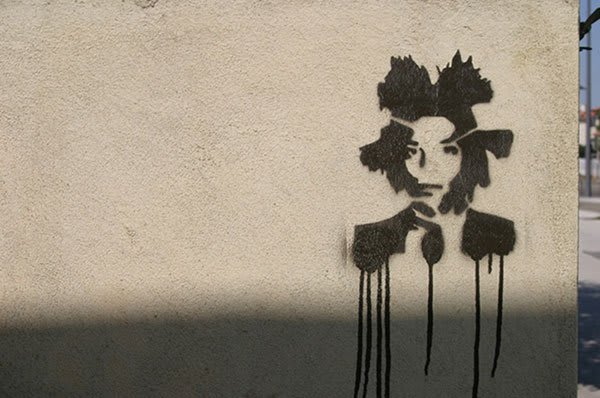
While Kanye West may have moved on to the Life of Pablo, his interest in 1980s, downtown phenom Jean-Michel Basquiat remains strong, as it does for much of the hip-hop world. On Tuesday, November 29, MFA Fine Arts will present a lecture by faculty member Genevieve Hyacinthe on the influence of Basquiat in Kanye's 2013 album Yeezus and its surrounding aesthetics, or as she puts it, “the notion of open form as concept, structure, and political narrative in Yeezus.” The talk will feature key elements from Hyacinthe's forthcoming chapter on Basquiat and Kanye in African American Arts: Activism, Aesthetics, and Futurity, out next year from Bucknell University Press. I caught up with Hyacinthe via email recently to find out more.
How did you initially get interested in this topic?
Thinking about hip-hop in relation to contemporary black art came naturally. It's pretty standard for cultural workers dealing with issues of black art to note the importance of music to artistic production from the African continent moving throughout the black Atlantic and globally. At the same time, it's necessary to be careful because I've seen the relationship become too reductive. That said, I am also a drummer and dancer in the Mande tradition, wrote my dissertation on drum, dance and visual/performance art, and have thought about jazz and black popular music in relation to art in other writings and many lectures.
I have taught a version of the course Contemporary African American Art and Visual Culture three times now, and the framework that emerged when teaching it in fall 2013 was shaped a lot by Yeezus, which was released at that time. Teaching at SVA in spring 2017 will be my fourth manifestation of the course. It's a mutable topic due to the fast-evolving terrain of both hip-hop and the visual arts obviously, and I see myself asking more questions than providing answers, hopefully creating space for a give and take with students and audiences.
How conscious of the history of Basqiuat and his milieu, etc., do you think Kanye is? What about his audiences?
Kanye references Basquiat in his performatives and Basquiat is oft-referenced in various hip hop songs. I think we've all seen the dissemination of his crown throughout urban fashion on t-shirts and hoodies, etc. He's pretty ubiquitous. The comparison has been not probed deeply enough in the scholarship so that is why I am gladly doing the work.
Do you see the Yeezus-era aesthetic as a departure or change for Kanye?
I am not a Kanye aficionado, however, I can say that Kanye has been exploring connections between his total performative—music, videos, fashioning of self and others—since at least 2008. He began forging key collaborations with visual artists around 2006 or so and these affiliations and strategies making links to visual art and culture explode from there. Before then, he attended the American Academy of Art and [in 2015] he received an honorary doctorate from the School of the Art Institute of Chicago. So maybe I would position Yeezus as a sort of important moment, or bridge, where his ties to visual art and culture are somewhat concretized; also importantly, that link receives a lot of visibility in the media and, to a lesser but significant extent, intellectual circles.
Does such a visual adoption of Basquiat by Kanye speak to other aspects of the contemporary cultural moment?
I would put it this way: Thinking about Kanye and Basquiat raises for me questions about the dance that occurs among points like entrepreneurialism and social practice, “get yours” ideas and representing, and gender performativity and downness, authenticity, and patriarchy.
Hyacinthe's lecture will be held on Tuesday, November 29, from 6:00 to 8:00pm at 133/141 West 21Street, Room 1010 C. For more information, click here.
